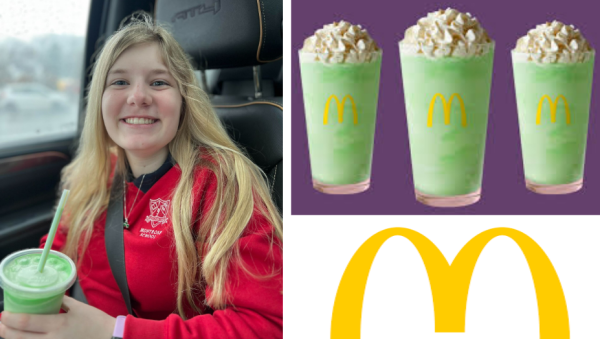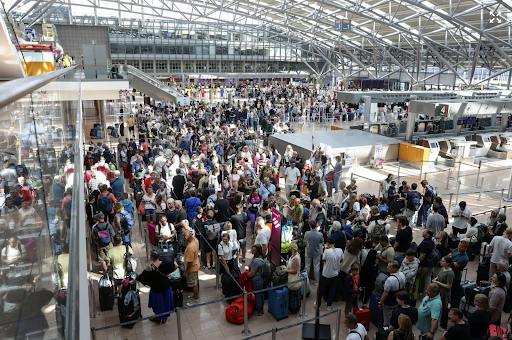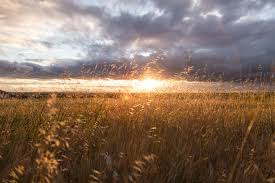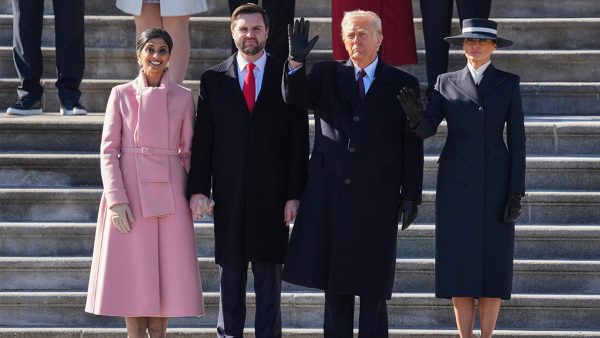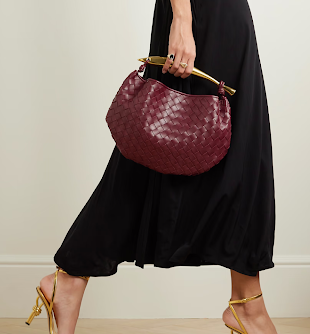Historical Fashion Accuracy in Film: Mary Poppins (1964)
As an avid Disney and fashion history fan, it’s no surprise that I love the studio’s period films. Mary Poppins, the hit 1964 film turned Broadway musical starring Julie Andrews, is notably one of my favorites. From the whimsical and fun story to the colorful animation sequences, the almost 60 year old film is a classic. However compelling the story may be, this movie set in the past sparks a question: Are the costumes historically accurate? We’re going to review the look most popularly associated with this character and break down the elements that the costume designer got right and wrong when designing these “historically accurate” costumes. I would like to start by making it clear that this article is in no way meant to discredit the costume designer of the film. Sometimes historical accuracy in costumes could have been the designer’s intention, but the artistic vision of the director and sometimes even the actors themselves can often override these decisions. Because of this, some important elements can get lost in portraying fashions with historical accuracy in movies. If you want more information on this specific topic, I highly recommend watching Glamour’s video series titled “Fashion Expert Fact Checks” on YouTube, featuring fashion historians Bernadette Banner and Raissa Bretana, as I got a lot of information from them, along with the article on tudorlinks.com titled Fashion in the Edwardian Era.
Before we dive into Mary Poppins’ clothing, we need to establish a time period and setting to investigate whether her look is accurate or not. As Mr. Banks says during one of his songs, the film takes place in 1910 in England, towards the end of the Edwardian era. I love fashion history because clothing really reflects what was going on in history. The Edwardian era, spanning from 1901 to 1910, marked the end of the Victorian era and the beginning of the first world war. During this time, women began playing a role in politics for the first time, with some even entering the workforce. With all of the social change came change in fashions as well. Suffragettes began to adopt some male attire as they fought for the right to vote (Mrs. Banks is wearing something like this in the film, as she is actually portrayed as a Suffragette), and most middle class women even began making their own clothing with the new availability of sewing machine technology. As Barbara Burman said, “Home dressmaking was sustained as an important aid for women negotiating wider social shifts and tensions in their lives.” Throughout all of the fashionable changes during this time, the character of Mary Poppins falls in the upper middle class, so we will be focusing primarily on upper class fashions.
Let’s start with her hairstyle. The most popular hairstyle for women of the Edwardian era was the pompadour style, as seen on the fictional Gibson Girl (a widely popular illustration of the feminine beauty ideal at the time). The pompadour was an updo with lots of volume and fluffiness. Many women in this era wore a rendition of the pompadour or another very similar style. Mary Poppins’ hair is almost accurate because it is up, but it would have realistically had much more volume added and would be less refined. Next, let’s move onto her hat. Hats in the Edwardian period for women in the upper middle class were often wide-brimmed like the one Mary is wearing, but were adorned with much more decoration. “Feathers, flowers, and even taxidermy birds were popular hat toppings for women during this time,” says fashion historian Bernadette Banner. The bigger and more extravagant the hat, the better and more fashionable.

Next, let’s take a look at her makeup. The directors were obviously going for 1960s makeup trends, because she is wearing way too much for this time period. Before the rise of films in the 1920s, noticeable makeup was seen as scandalous in Edwardian society, and women who wore too much were referred to as “painted ladies.” These societal rules were rarely broken, especially by those in the upper middle class unless they wanted to be outcasts in society. Considering Mary Poppins is “practically perfect,” I doubt she would have bended any rules. Realistically, Mary would be wearing a bit of rouge on her cheeks and lips, and nothing else. Cosmetics such as eyeshadow, eyeliner, and lipstick wouldn’t even become widely available for another 10 years, so it makes little sense that she is wearing them in this look.

Moving down to her dress, we can clearly see that this is not accurate to the Edwardian period at all. The dress she is wearing has the “new look” silhouette, popularized by Christian Dior in 1947, and lasting in fashion until the mid 1960s. The creators definitely took some modern creative liberties with this dress. It’s important to note that decades of women’s fashion are defined by the silhouettes of the dresses they wore during that period. The 1910s were a decade known for its sophistication and elegance under the rule of King Edward VII, so the silhouette included a cinched “S” shaped waist, a full bust, and a long narrow skirt. One would achieve the narrow waist by tight lacing a corset (a very popular trend in the early 1910s) and would layer “combination” drawers and a frilly dress bodice to get the effect of a full bust. A very slim petticoat would be worn over this, and then a narrow skirt would be put on last. For more formal events, a decorative sash could be worn on the hips for a pop of color. So where did they go wrong? There are many problems with the accuracy of this look. As I said before, the silhouette of her dress is clearly 1960s inspired, because of its fit and flare style and short length, not to mention the fact that it gathers at her waist and not her hips. The dress bodice, though frilly, is much too tight for this time period, because sleeves were rather loose during this era in fashion. And that red corset-like waist cincher has no place being there either, as it gives an hourglass figure to her silhouette rather than an “S” shaped one.

Mary wears two toned leather boots, which were actually quite a popular choice at the time. They were a practical shoe that was worn during the day for casual strolling, or working, so her shoes are definitely accurate for this occasion. Thank goodness she is wearing stockings, because the showing of ankles, like makeup, was seen as rather scandalous and unsophisticated. The color of the stockings for daytime affairs would most likely be white rather than black, and as we can see the movie got this correct. Let’s get a round of applause for this attention to detail.
The lack of attention to historical accuracy in this specific look does not speak for all of the costumes in the film, as the blue day suit Mary wears at the beginning is much more accurate. We also have to keep in mind that this dress is pure fantasy, and is one of the only inaccurate pieces in the film. The Edwardian period in history was a time of strict social constructs, elegance, and sophistication, and the modesty and shape wear definitely reflect that in the fashions. So, are the costumes in Mary Poppins historically accurate? I would say, for the most part, yes they are. Despite a few modern liberties that were taken with the design of this look, we can tell that the costumes are well-researched and quite impressive for the era of filmmaking.
Chloe Stefani ‘24, Fashion Editor


